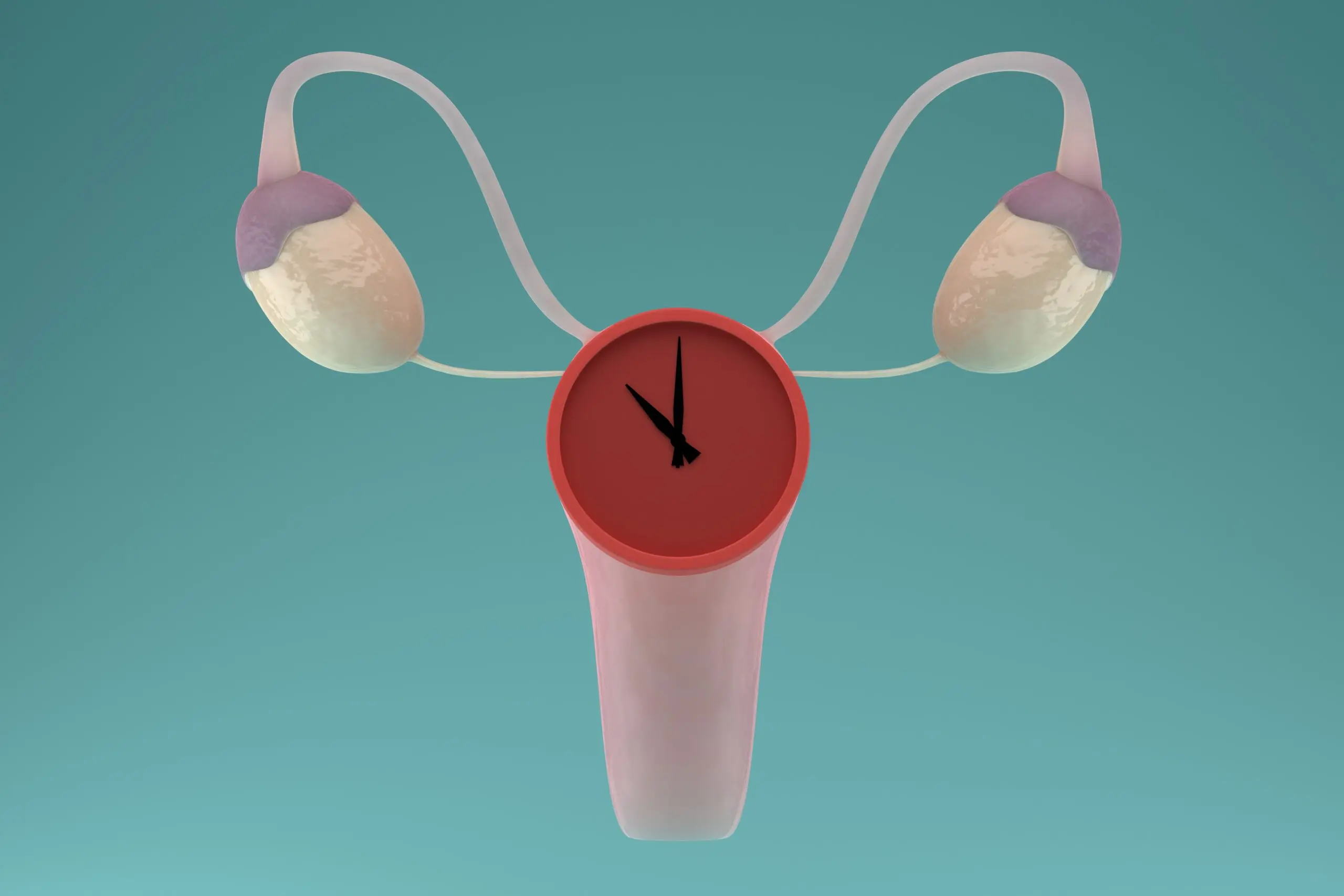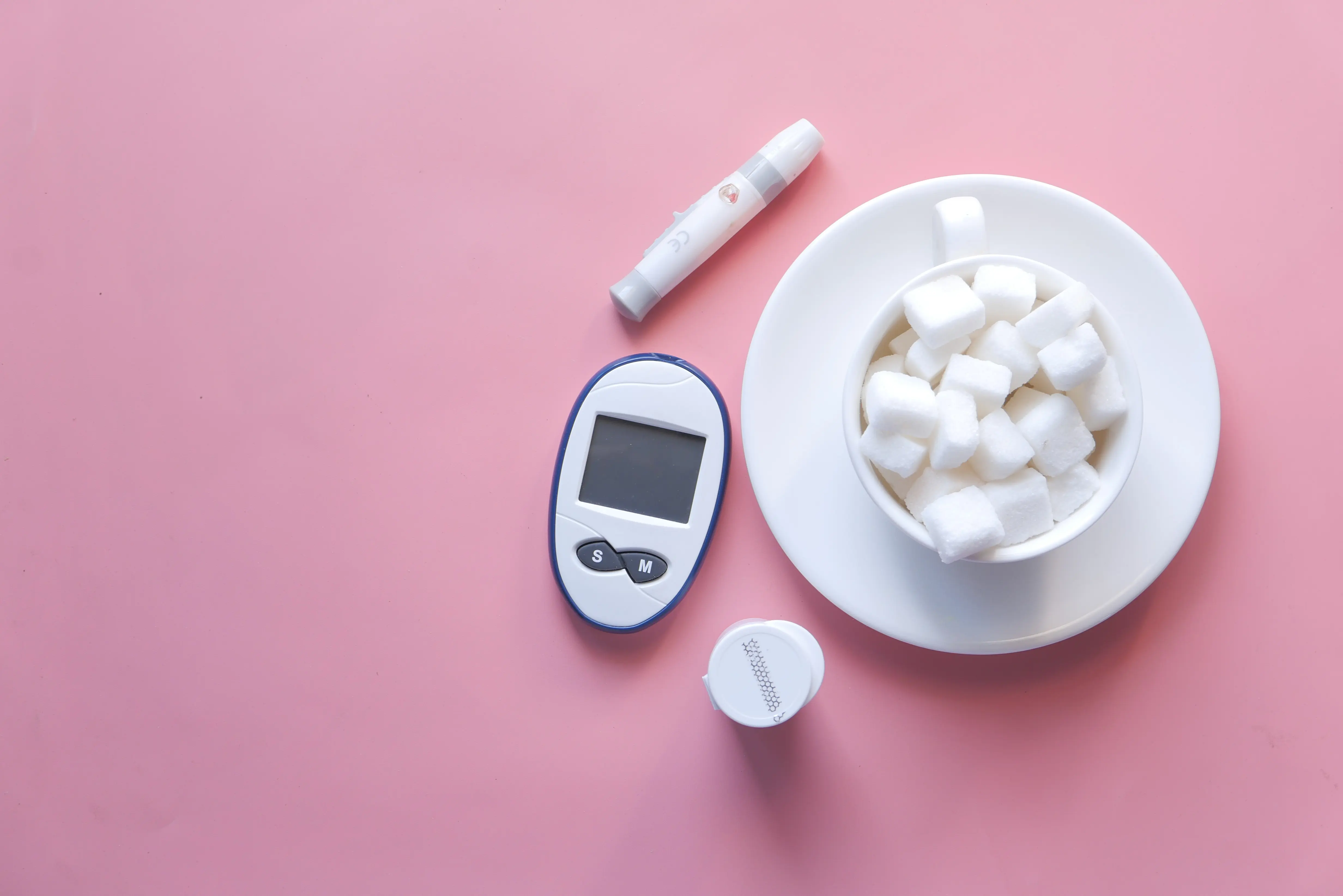Perimenopause is the transitional phase to menopause (Greek "peri" = around). It is the second of the four phases of menopause. Because what many people don't know: already years before the cessation of menstruation, hormonal balance is severely disrupted, which in turn leads to a number of symptoms.
When does perimenopause start and how long does it last?
Most of the time, perimenopause first becomes noticeable in the fourth decade of life and then lasts for several years. Since the changes – mentally as well as physically – usually appear gradually and diffusely, they are often not directly attributed to perimenopause.
Perimenopause: Symptoms
- Hot flashes
- Disorders of the Menstrual cycle
- Dizziness
- Weight gain
- Fatigue
- Depressive moods
- Hair loss and dry skin
- Sleep disturbances
- Vaginal dryness
- Loss of libido
- Breast pain
Hormonal imbalance during perimenopause
The symptoms mentioned are due to fluctuations in sex hormones during perimenopause, which interact in women during the cycle. During the fertile phase of life, LH (luteinizing hormone) and FSH (follicle-stimulating hormone) stimulate the ovaries.
This leads to an increase in estrogen production in the first half of the cycle - before ovulation. In the second half of the cycle, the estrogen level drops, while progesterone production increases.
Because the function of the ovaries gradually declines with perimenopause, there are strong changes between the hormones and their levels. The decreasing ovarian function initially causes an increase in FSH. The increased levels, in turn, lead to increased production of estrogen. Estrogen dominance occurs while progesterone remains relatively low.
At some point, the follicles that can be stimulated are depleted, so the ovaries no longer respond to FSH stimulation. As a result, estrogen and progesterone levels drop. Because the usual hormonal interplay of the cycle is absent, menstruation does not occur. Menopause begins.




















